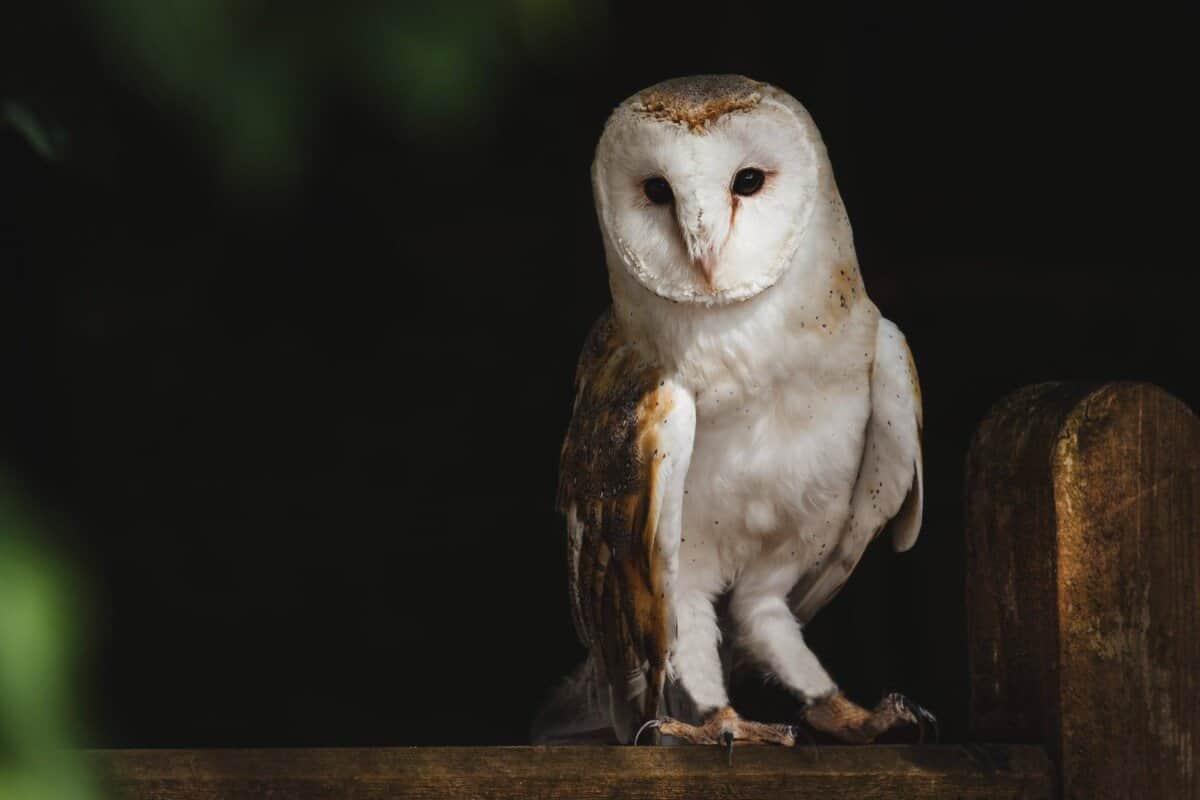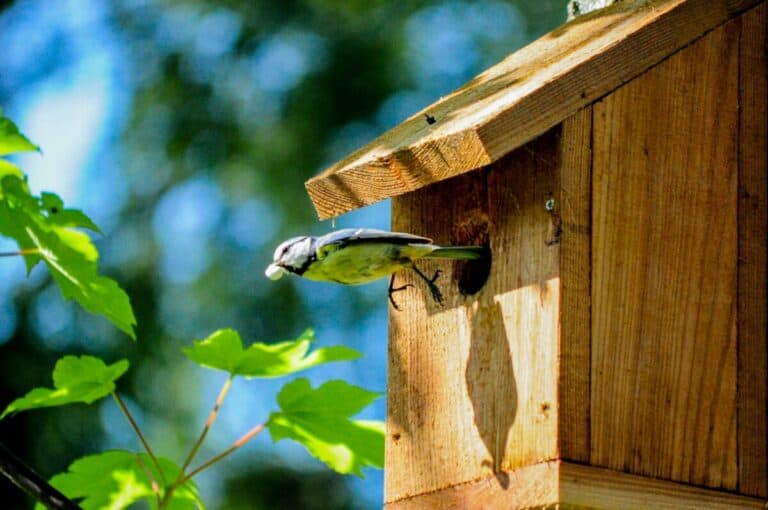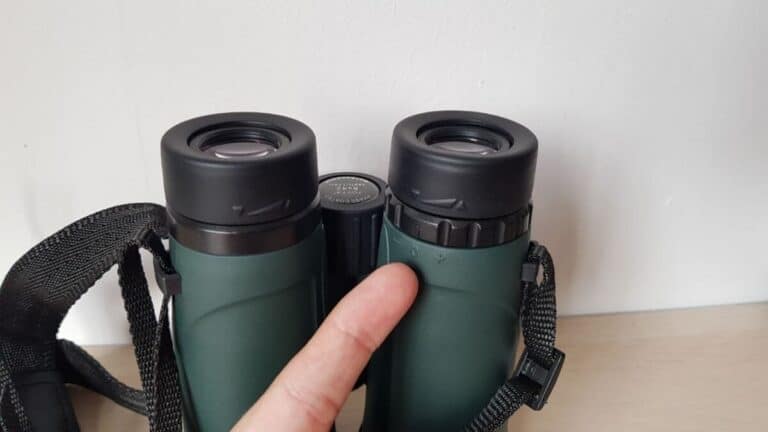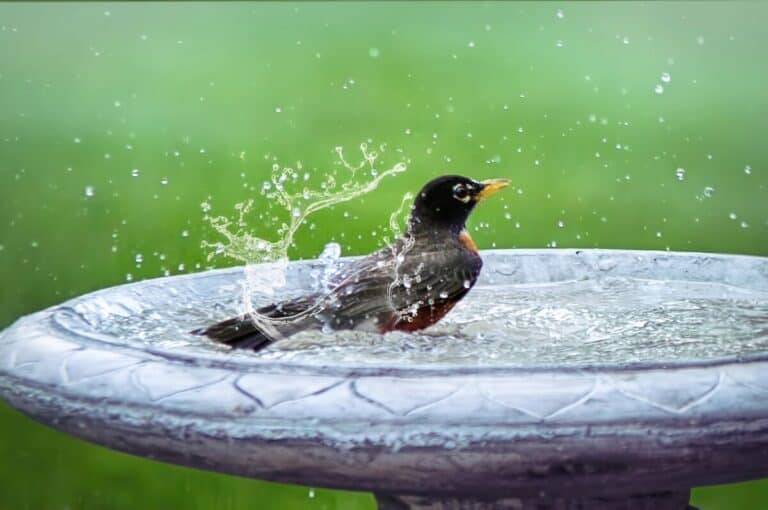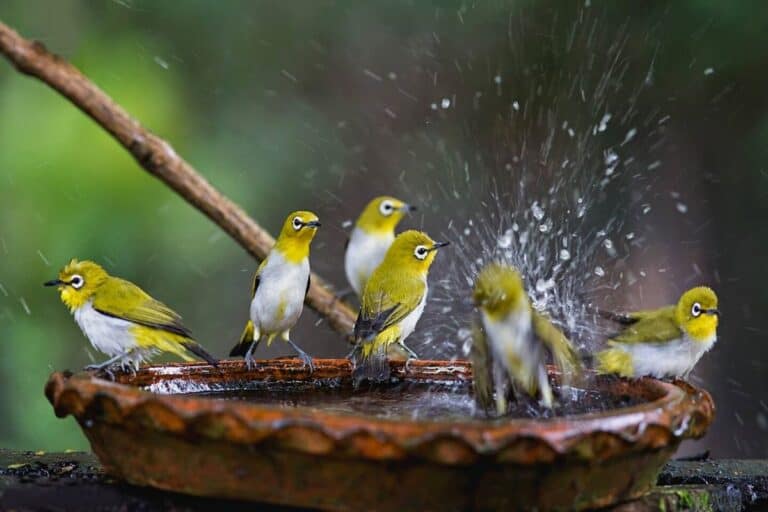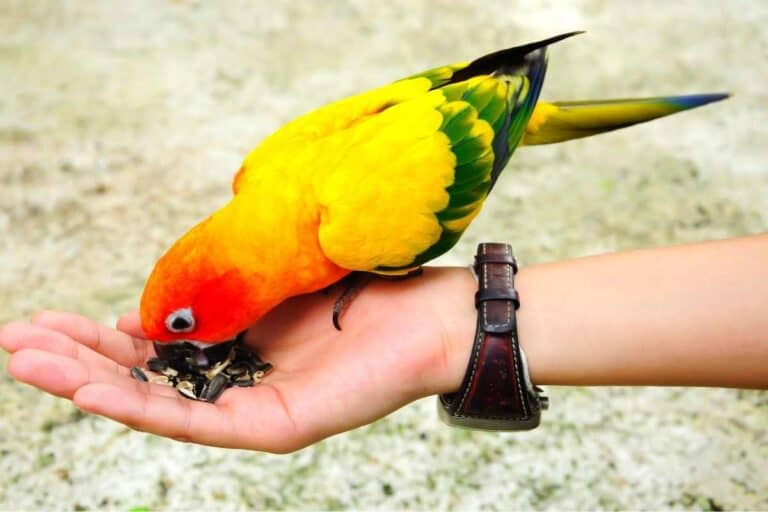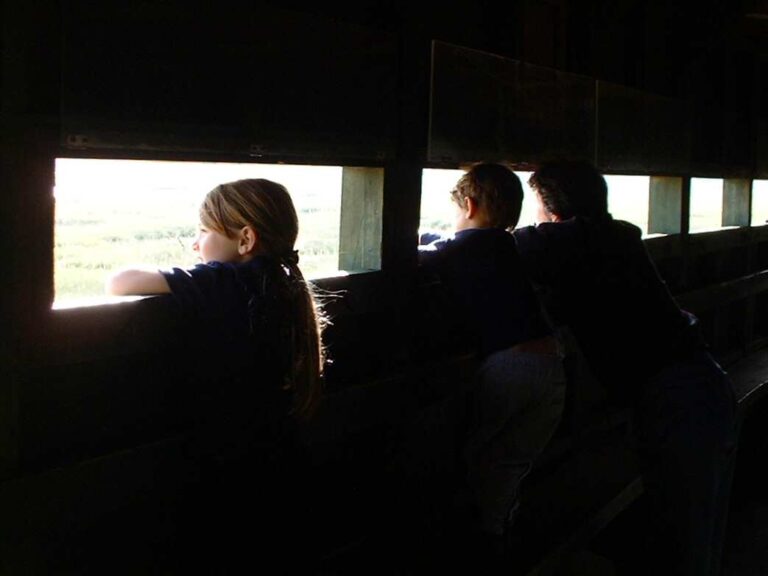Do Birds Fly at Night? (Biologist Reveals a Curious Answer!)
We’re reader-supported; we may earn a commission from links in this article.
So we all know birds fly around all day.
But if you’re like me, you may have wondered one thing: “Do birds fly around at night?” I was so curious about this that I did my own research and came up with an answer.
Here’s what I found:
Birds do fly at night. However, nocturnal birds are the majority of birds that fly at night as compared to diurnal birds. Nocturnal birds like nighthawks fly around at night to hunt and forage, whereas diurnal birds like sparrows only fly around at night when threatened or on migration flights.
There are a few reasons why birds fly around at night. I will discuss all these reasons in this article, so stick around. Read on for more!
Why Do Birds Fly Around At Night?
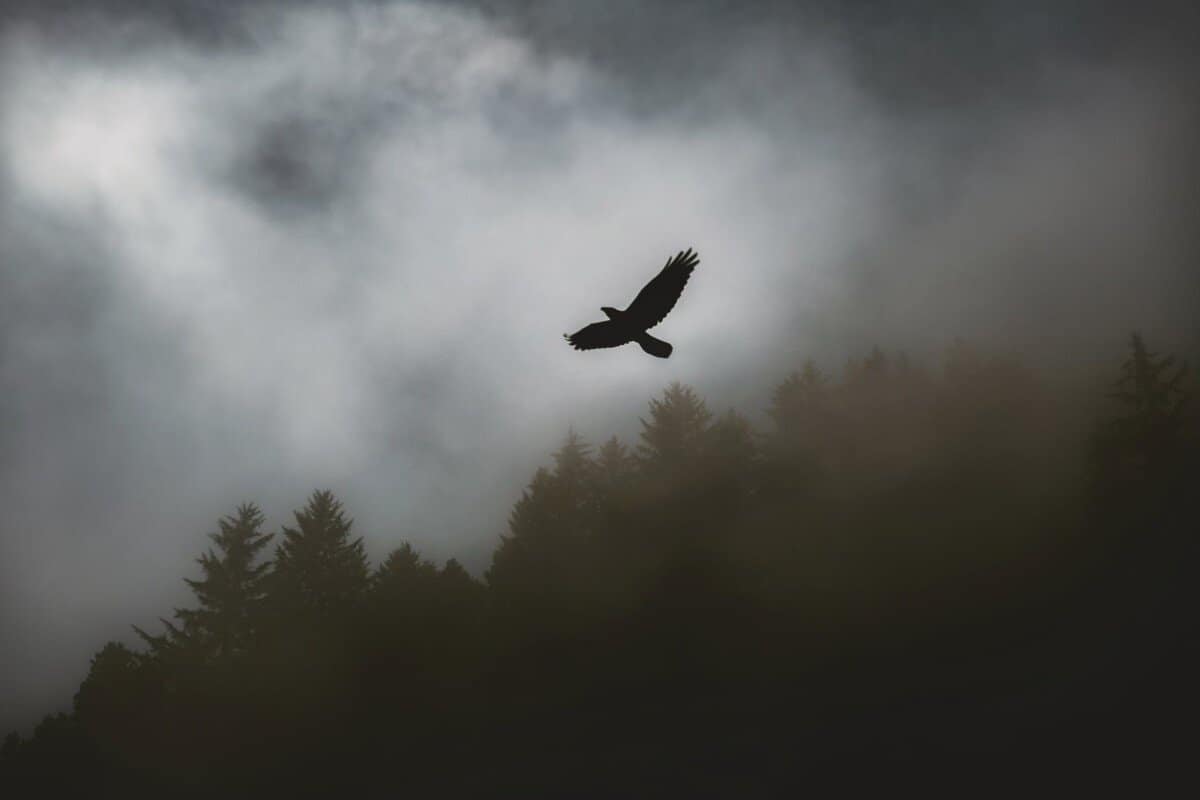
Nocturnal birds mostly fly around at night to do their own daily activities such as foraging, hunting, mating, etc.
For diurnal bird species, as it is not typically normal to see them flying around at night, they only fly at night for two reasons: (1) escaping from threats and (2) migrating birds on migration.
1. Escaping From Threats
One of the main reasons you would see a bird flying around at night would be to escape from threats! Here’s an explanation:
Birds that are awake during the daytime (diurnal birds) are the ones that you will see flying around at night to escape from threats!
Diurnal birds tend to sleep in small bouts of time at night and will be startled awake by a loud rustling noise or to the threat of an incoming predator.
In fact, some birds sleep with just a single eye open! This is known as unihemispheric slow-wave sleep (USWS), which allows one side of the brain to stay alert, while the other half stays asleep.
This allows for them to quickly flee by flying away when a threat arises!
2. Migrating Birds on Migration
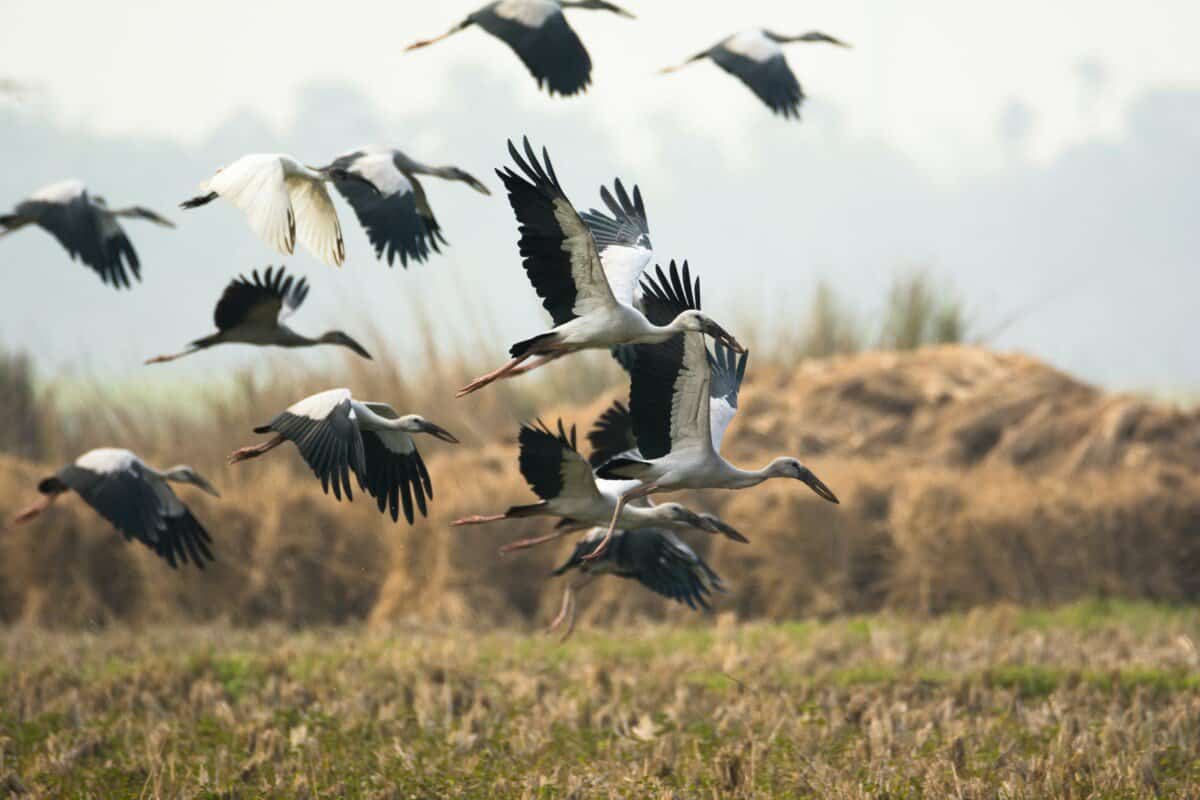
Migration is one of the biggest reasons why any bird will fly around at night!
Both diurnal and nocturnal species of birds take their migratory flights at night, but this depends on whether a daytime flight or nighttime flight conserves more energy.
Despite this, most other birds still take on their migratory flight at night.
Migrating birds fly at night due to the many advantages that it can bring.
Advantages of a Night Migratory Flight:
- The stars and moon assist the wild birds’ in their navigation to their destinations.
- The night air is cooler and is more stable for longer flights, especially for birds with smaller wingspans that require more effort to keep up.
- Avoid predators
- Some scientists have shown that some migratory birds have a mutation in a protein in their eyes called the CRY4 cryptochrome which enhances the efficiency of their vision at night.
Witness a massive songbird night migration flight in the video below!
Here’s a video showing night migration flights of birds for 24 hours during migration season. Each freeze frame is a 10-minute interval.
This was done by Cornell University researchers:
Examples of Birds Which Fly at Night
The tendency for birds to fly around at night depends on whether a bird is nocturnal or diurnal.
A nocturnal bird typically is awake during the night but asleep during the day, and has very keen senses of hearing and eyesight that help it adapt to low-light environments that they are in.
One interesting side fact to know is that they are also typically highly camouflaged in their plumage so that they can minimize detection from predation during the daytime.
Nocturnal birds are the many birds that you would most likely expect to see flying around in the late hours of the night.
Examples of nocturnal bird species include Nightjars, some Owls (Great Horned Owl), Night Herons (Black Crowned Night Heron), Nightingales, Night Parrots, and Nighthawks.
Here’s a short video of some nocturnal birds you might know:
A diurnal bird is simply the opposite of a nocturnal bird. It is typically awake during the day and sleeps during the nighttime.
They typically do not have such keen senses as their nocturnal friends as they do most of their activities during the day when it’s easier to detect prey and predators.
This type of bird is not typically seen flying around at night, but they are still seen at dawn and dusk, during migration periods, and when they are threatened by a predator.
Examples of diurnal birds are Songbirds, Thrushes, Warblers, and Kingfishers.
The Ability To Fly At Night
Good Eyesight
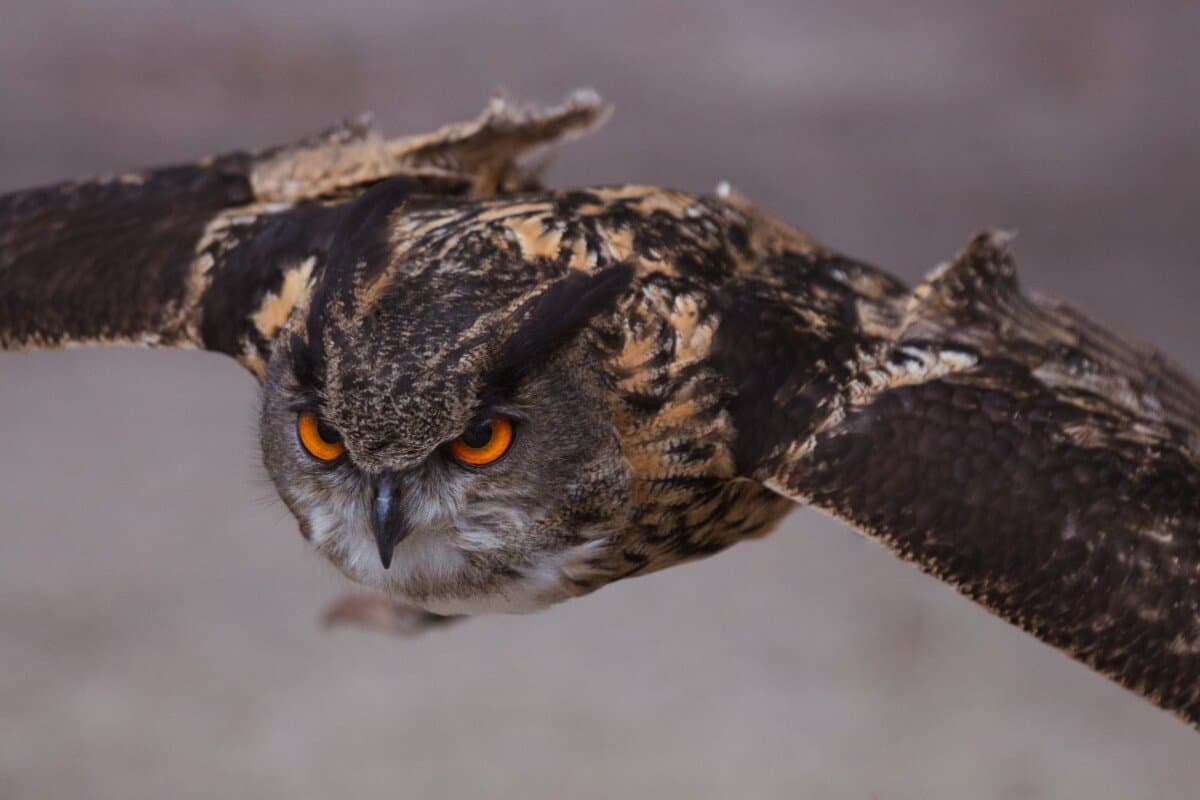
Okay, so you know that it’s mostly nocturnal birds flying around at night. However, the first thing that comes to mind when flying at night is the bird’s ability to SEE at night.
If the poor bird can’t seem to see his way through the night, then there’s no point if a bird flies and crashes soon after.
The most popular nocturnal bird that everyone should know is probably the Barn Owl! Owls are active at night and they perform their daily activities such as hunting all at night.
As such, their eyes are highly adapted to capture and process light.
If there were no such mechanism, then owls would find it hard to spot prey and find even more difficulty simply flying around without crashing!
Owls’ eyes are specially adapted with large corneas and pupils with a binocular vision that allows a LOT of light to enter their eyes to focus on a plane called the retina (the back of the eye that faces forward).
The retina of an owl has a high proportion of light-sensitive rod cells that allow it to see in the dark.
In addition, they have another layer of tissue that covers their eyes with oil droplets, giving it a bright reflective sheen when you shine a light at their eyes.
This helps them see more in the dark so they won’t go crashing around when they fly!
Here, check out this video of an owl using its supreme eyesight to hunt its prey in the dark:
Compared to our human eyes, they can see far more than we can. As their eyes are highly adaptable, they can adjust their pupils to suit daytime and nighttime brightness. So they are able to fly both during the day and in the nighttime.
Dead Silent Flight Sounds
Nocturnal birds have great eyesight but they also need to be dead silent during the night. Why? That’s because lots of bird prey will rely mostly on their sense of hearing to determine an incoming predator.
Nocturnal birds have adapted against that in their completely-silent flight sounds.
If you were to compare the flight sounds of diurnal birds such as birds of prey and nocturnal birds, you will see a STARK DIFFERENCE that even baffles experts.
Have a look at the video below of the flight sound comparison between a Pigeon, a Peregrine Falcon, and a Barn Owl:
Amazing isn’t it?!
Experts in the video have explained that the decreased sound in the wingbeats of the barn owl is attributed to its small body size and a large wingspan that allow it to glide easily through the air.
This enables owls to fly around silently in the night and hunt their prey without their prey noticing.
So technically, you wouldn’t really be able to hear owls flying right outside your home at night, but trust me, they are all around us!
Here’s another example of Nightjars flying around at dusk/dawn. Apart from their loud call, they do fly around really silently and swiftly too – mostly gliding around.
Final Thoughts
Now you know that birds do indeed fly around at night, but it’s just that we either don’t see or hear them!
It’s interesting to have found out all this information and I hope you’ve learned a thing or two about bird night flight!
Thank you for reading and happy birding!
Nocturnal Birds that Fly at Night
Nocturnal birds are birds that are active primarily at night and play an important role in the natural environment.
Here are some of the most common nocturnal birds that fly at night:
1. Great Horned Owl
The Great Horned Owl is one of the largest and most powerful owls in North America. It has a striking appearance, with its large round head, feathered “ear” tufts, and yellow eyes.
The Great Horned Owl has a deep-throated hooting call that is often heard during the evening. It feeds on a wide variety of prey, including small mammals, amphibians, reptiles, and even other birds.
2. Barred Owl
The Barred Owl is a medium-sized owl that lives in wooded areas across much of North America.
Its name refers to its wide black-and-white striped markings on its chest and wings, which resemble those found in barred cages or jail cells.
It has a loud distinctive call consisting of eight to ten hollow whoos followed by three hoots—whoo-whoo-too whoo too!—which can be heard during both day and night.
Barred Owls typically hunt from perches at night for small rodents, frogs, reptiles, and insects.
3. Common Poorwill
The Common Poorwill is a small brownish bird that lives in open habitats throughout western North America.
Its name derives from its nocturnal habits; during cold winter days, it will enter extended periods of torpor where it becomes completely inactive for hours or even days at a time.
At night it comes alive to feed on insects such as beetles, moths, and cricket as well as spiders and centipedes.
4. Chuck-will’s-widow
The Chuck-will’s-widow is a species of large nocturnal bird found mainly in southeastern US states from Delaware to Texas.
This species has rounded wings with long pointed tails which allow them to soar over vast distances when hunting for insects at night.
They have an unmistakable courtship call — chuck-will’s widowed—-which can be heard over eight miles away during the breeding season between May and August each year!
5. Nighthawk
Nighthawks are medium-sized birds native to open areas throughout North America where they feed mainly on flying insects such as moths and midges during their nighttime hunting expeditions.
They have long pointed wings that enable them to swoop low over fields or forests while remaining relatively undetected due to the camouflage plumage patterning they often display while perched during daylight hours.
The nighthawk’s main call consists of five sharp whistles that gradually lower in pitch: churrr…churrr…churrrrrrrr…
6. Whippoorwill
The Whippoorwill is another nocturnal bird found across much of eastern North America where it frequents woodland habitats near streams or rivers for its insect prey.
It has short rounded wings with white spots along the edges which help camouflage it among tree branches when resting during daylight hours before heading out for its nightly hunts after dusk until dawn.
The whippoorwill’s song includes two syllables repeated over several minutes—such as whee peet whee peet — making it one of the most recognizable calls around late evening campfires!
7. Eastern Screech Owl
Eastern Screech Owls are small owls native to woodlands throughout eastern North America where they spend their nights flying low amongst tree tops searching for mice, lizards, or other small animals beneath dewy grasses lit up by moonlight.
These owls have reddish brown feathers speckled with white flecks allowing them to blend into their habitat easily while roosting during daylight hours before taking flight again once darkness returns.
Their distinct call consists of two short trills followed by two descending notes—tew tew tew tew — making them one of the more musical species among Northeastern avifauna!
8. Western Screech Owl
Western Screech Owls inhabit woodlands throughout the western United States where they mostly feed on rodents like voles or mice but also dive onto grassy meadows scooping up large invertebrates such as grasshoppers or crickets.
These owls have grey streaks running along their bellies that appear when they stretch out their wings prior to taking.
My Recommended Birding Resources:
Hey there, Justin here!
Here’s a list of all my favorite resources, products, and brands I trust and love.
My Celestron Nature DX 8×42 Binoculars: It’s a great budget pair for beginner birders. Highly valued for its price! Read my review.
Safe Paint for Bird Baths Guide: Learn about non-toxic paint for painting bird baths.
Safe Sealers for Bird Baths Guide: Learn which sealers are safe for bird baths.
Safe Paint for Bird Feeders Guide: Learn what special care needs to be taken to paint bird feeders with the right paint.
Safe Paint for Birdhouses Guide: Learn about non-toxic paint for painting birdhouses. (Not the same as bird baths!)
Bird Identification Apps Guide: 2 of my favorite birding apps are Merlin Bird ID, and eBird Mobile! Merlin is great for tracking and identifying birds, and eBird Mobile is great for tracking the birds sighted when birding.
Check out my resources page for the full list of resources I recommend!

Justin Chia
Justin is the founder and author of Birding Outdoors. He is a Nanyang Technological University (NTU) alumnus with a Bachelor of Biological Sciences and a former data analyst.
Now, Justin runs the Birding Outdoors blog full-time, hoping to share his deep love for birds, birding, and nature with others.
To unwind, Justin enjoys gaming and reading.

